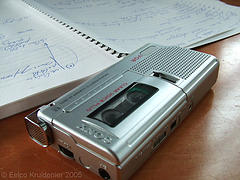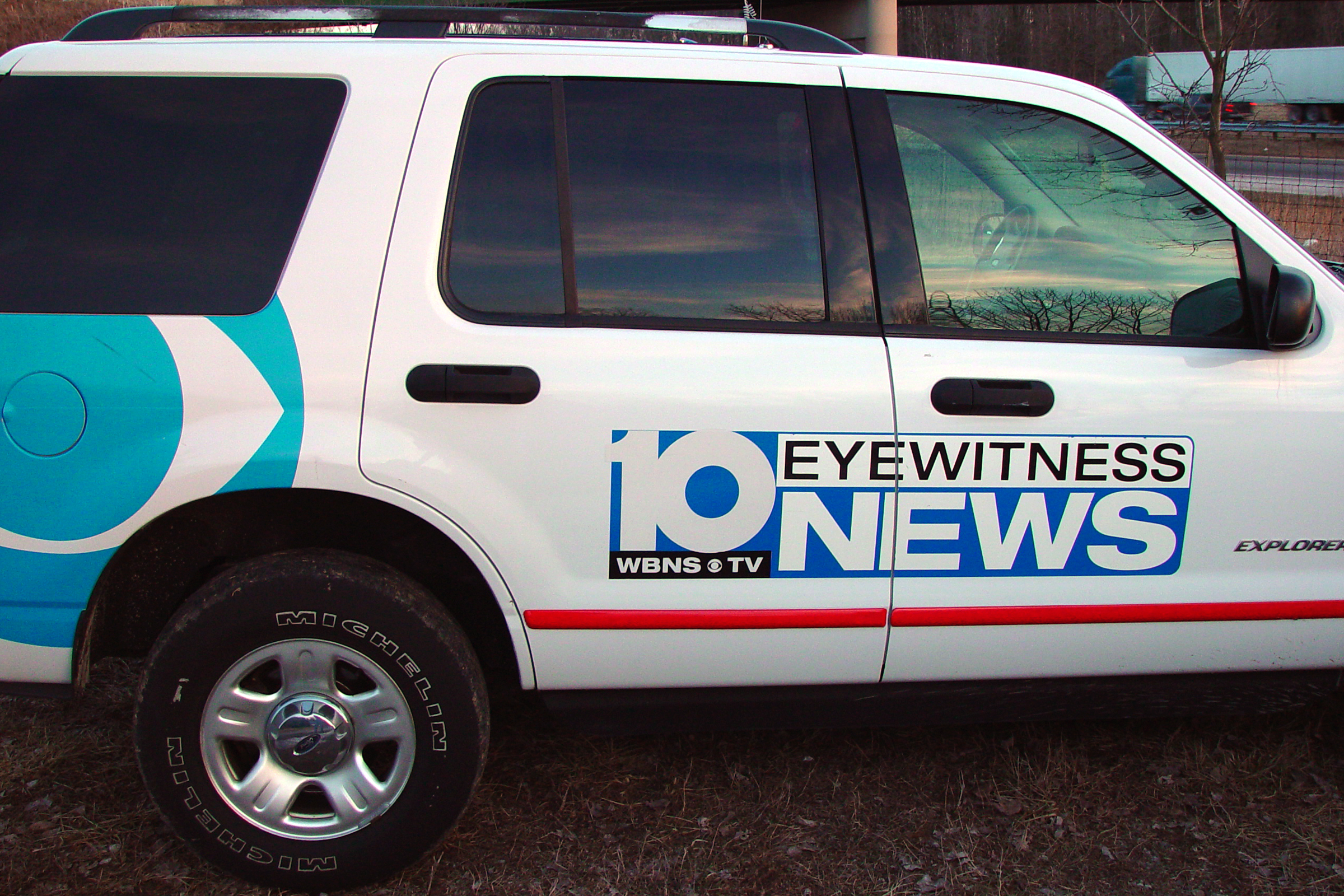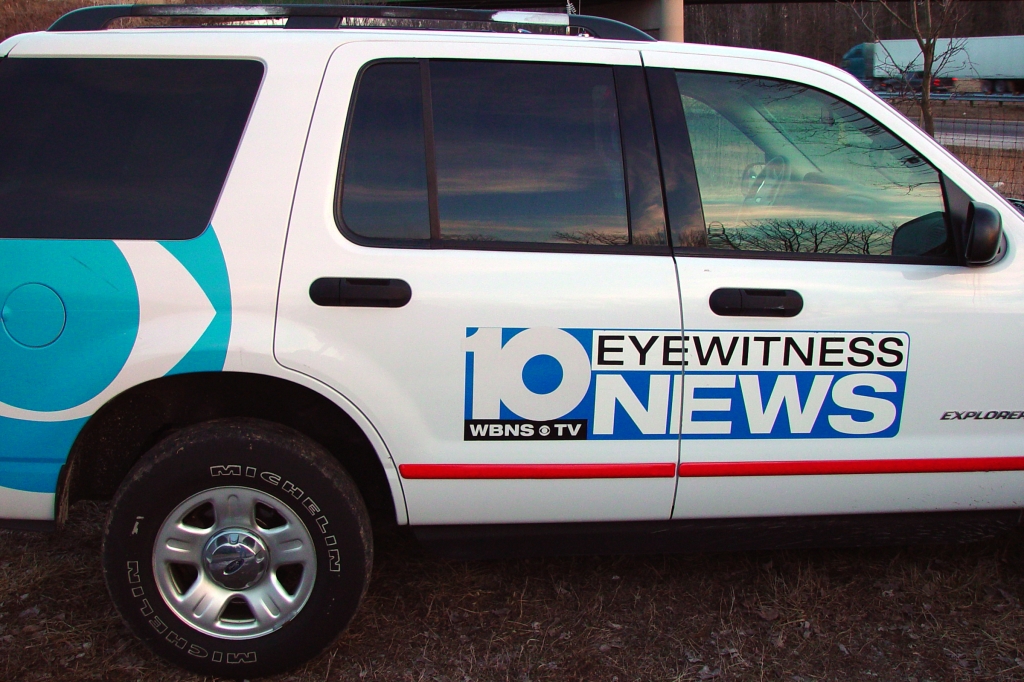In public relations, the “holy grail” is getting our client an interview with the media in hopes of having a wonderful story result. To help our clients prepare for interviews, we often provide media training for key people within the organization.  This includes those people beyond the CEO who are comfortable, personable, knowledgeable, good communicators and who would do well in interview situations.
This includes those people beyond the CEO who are comfortable, personable, knowledgeable, good communicators and who would do well in interview situations.
The journalist’s perspective
During our training, we like to include a reporter or journalist as part of the session. A reporter brings a valuable perspective that comes from being on the “other side” as the interviewer. (Plus, it’s always a good refresher for us PR professionals to hear again what works and doesn’t work from the journalist’s perspective.)
In addition to the “real life” stories and tips that reporters bring to our media training sessions, we provide tools and techniques for controlling the message, we stress the importance of preparation and we spend time critiquing other interviews. We also make sure to allow time for interview practice.
The role of the PR person
Another important component of the media training is to help our clients better understand the role of the PR professional in the process. Some of our clients have internal PR people on staff that we coordinate with and other clients rely on us for all of these services. Regardless, our job as PR people is to screen each interview opportunity that comes along. We ask the reporter questions like:
- What is the story about?
- What is the angle?
- What type of information are you looking for?
- Who else are you talking to for the article?
- When is the deadline?
- How long will the interview last?
We also provide any other important information to our client about the publication or media outlet. From all of this information, we can then determine who will be the best representative from our client’s company to address the topic fully. It’s not always the CEO. And it’s not your PR people either. The media like hearing from the person closest to the subject matter for the interview.
Another goal of ours is to make it easy for the reporter to do his or her story. This is part of the relationship building we’ve written about in previous posts. The easier we can make it for the reporter—which means providing the info we said we would, sending additional resources or handouts if needed, and following up—the more likely that this reporter will call upon the client again for a future story opportunity.
Once the interview is scheduled, it’s our job to work with the client to make sure s/he is prepared for the interview.
The interview
Most clients welcome the opportunity to be interviewed by the media with open arms. There are others, however, who don’t relish the spotlight quite as much. Sometimes they need a little bit of coaxing. Even though these clients may do extremely well in interviews, they view them as a necessary evil—something they have to do, but don’t necessarily love, as part of their job.
When preparing for a recent media training session, I came across a blog post by Seth Godin entitled, “How To Be Interviewed.” Seth’s posts, though brief, are always insightful and this one was no exception. I knew it was a gem worth sharing because it puts a whole different perspective on the interview. His first rule says it all: “They call it giving an interview, not taking one…if you’re not eager to share your perspective, don’t bother showing up.” Sounds somewhat harsh, but it’s good advice. If I were to reword his first rule in a more positive way, it would go like this:
Try looking at the interview as a chance to share a story, to share your passion. Let your excitement about your new product, new program, whatever to come through in the interview. This is your opportunity to let the world know about it.
It goes back to the importance of story telling. Everyone has a story to share. If you’re not excited about sharing your story during an interview, don’t do it. After all, it will be a waste of time for the reporter and you.
Practice Makes Perfect
No amount of media training can substitute for the real thing. But as it is with so many things, interviews get easier and more comfortable the more you do them. So when your next interview opportunity arises, embrace it! Be genuine. Be interesting. Share your passion. Tell your story.
If you do it well, chances are, you’ll be called on to do it again and again.




